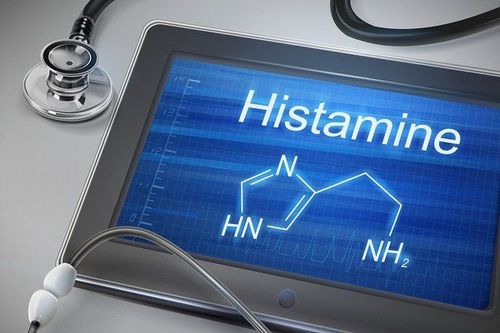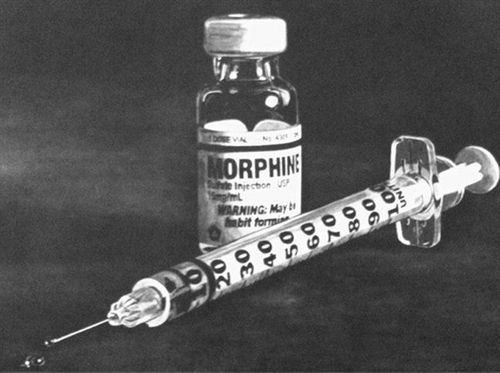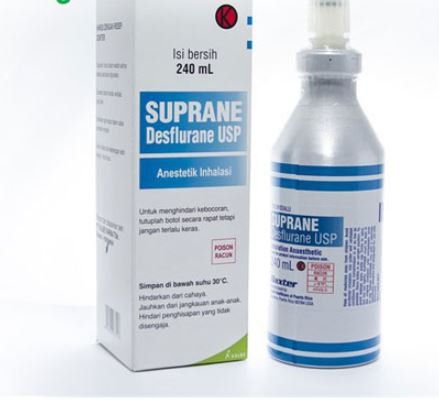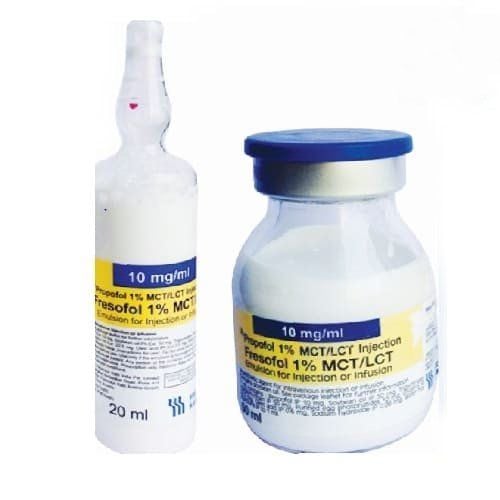This is an automatically translated article.
The article is professionally consulted by Specialist Doctor I Tran Thi Ngat - Department of General Surgery - Vinmec International General Hospital Da Nang.Pre-anesthesia is a drug used before anesthesia to make the anesthetic process and surgery go more smoothly. Many classes of drugs can be used for pre-anesthesia, the appointment of which drug depends on the doctor's consideration when examining the pre-anesthesia.
1. What is pre-anesthetic?
Pre-anesthesia is a drug that is given to a patient before anesthesia for surgery. Pre-anesthetic drugs are prescribed by doctors to patients for the following purposes:Sedation, sedation, calming and reducing anxiety of the patient. Reduce pain, reduce metabolism, reduce harmful reflexes. Limiting secretions in the respiratory tract, mouth, and throat, helping to reduce the risk of aspiration into the respiratory tract. Anti-nausea and vomiting, stabilize heart rate and blood pressure Increase effect of local anesthetics, anesthetics and allergy prevention
2. What pre-anesthetic drugs are available?


Morphine: is a powerful analgesic, can be used in acute and chronic pain, used as a pre-anesthetic and in trauma. Fentanyl: used as a pre-anesthetic drug by injection to reduce anxiety and sweating before surgery. It is also used in addition to general or local anesthesia. Fentanyl is also useful in preparation for minor or short-term outpatient surgery, diagnostic or therapeutic procedures that require the patient to be awake or to require only very superficial anesthesia. Pethidine: used to relieve pain in moderate and severe pain, widely used in obstetric analgesia, as a pre-anesthetic and adjunct to anesthesia. 2.3. Antisecretory drug group Helps to reduce secretion of salivary glands and bronchi, and at the same time reduce gastric secretion to prevent the patient from aspiration of gastric juice during anesthesia. The most commonly used drug is Atropin. The pre-anesthetic dose in adults is 0.2-1mg IM or subcutaneously 30-60 minutes before anesthesia.
3.How are pre-anesthetic drugs used?

Indicators of the patient's heart, blood pressure, respiratory system, circulation. Does the patient have any chronic diseases? Does the patient have anxiety, nervous tension, and what is the stress level? Gender, age, pregnancy or not (for female patients). Using pre-anesthesia helps the anesthetic process and the surgery go more smoothly. But successful pre-anesthesia requires careful examination, experience, and expertise of the anesthesiologist.
Vinmec International General Hospital is one of the hospitals that strictly applies safe surgical anesthesia practice standards according to international guidelines. Vinmec has a team of experienced anesthesiologists and nurses, modern equipment such as: nerve detectors, ultrasound machines, Karl Storz's difficult airway control system, comprehensive anesthesia monitoring system GE's AoA (Adequate of Anesthesia) including monitoring of anesthesia, pain and muscle relaxation will provide high quality and safety, helping patients to have adequate anesthesia, not wake up, and do not have residual muscle relaxants after surgery. In particular, the patients are also performed pre-anesthesia examination to select the appropriate pre-anesthetic drug.
Vinmec Health System is also proud to be the first hospital in Vietnam to sign with the World Anesthesiology Association (WFSA) towards the goal of becoming the safest hospital for surgical anesthesia in Southeast Asia.
Doctor Ngat has more than 15 years of experience as an Anesthesiologist and resuscitator at Hospitals: Da Nang Obstetrics and Gynecology Hospital, Hospital 199 of the Ministry of Public Security, Tam Tri Hospital in Da Nang. Currently, he is an anesthesiologist at the Department of General Surgery - Vinmec Da Nang International General Hospital.
Please dial HOTLINE for more information or register for an appointment HERE. Download MyVinmec app to make appointments faster and to manage your bookings easily.














